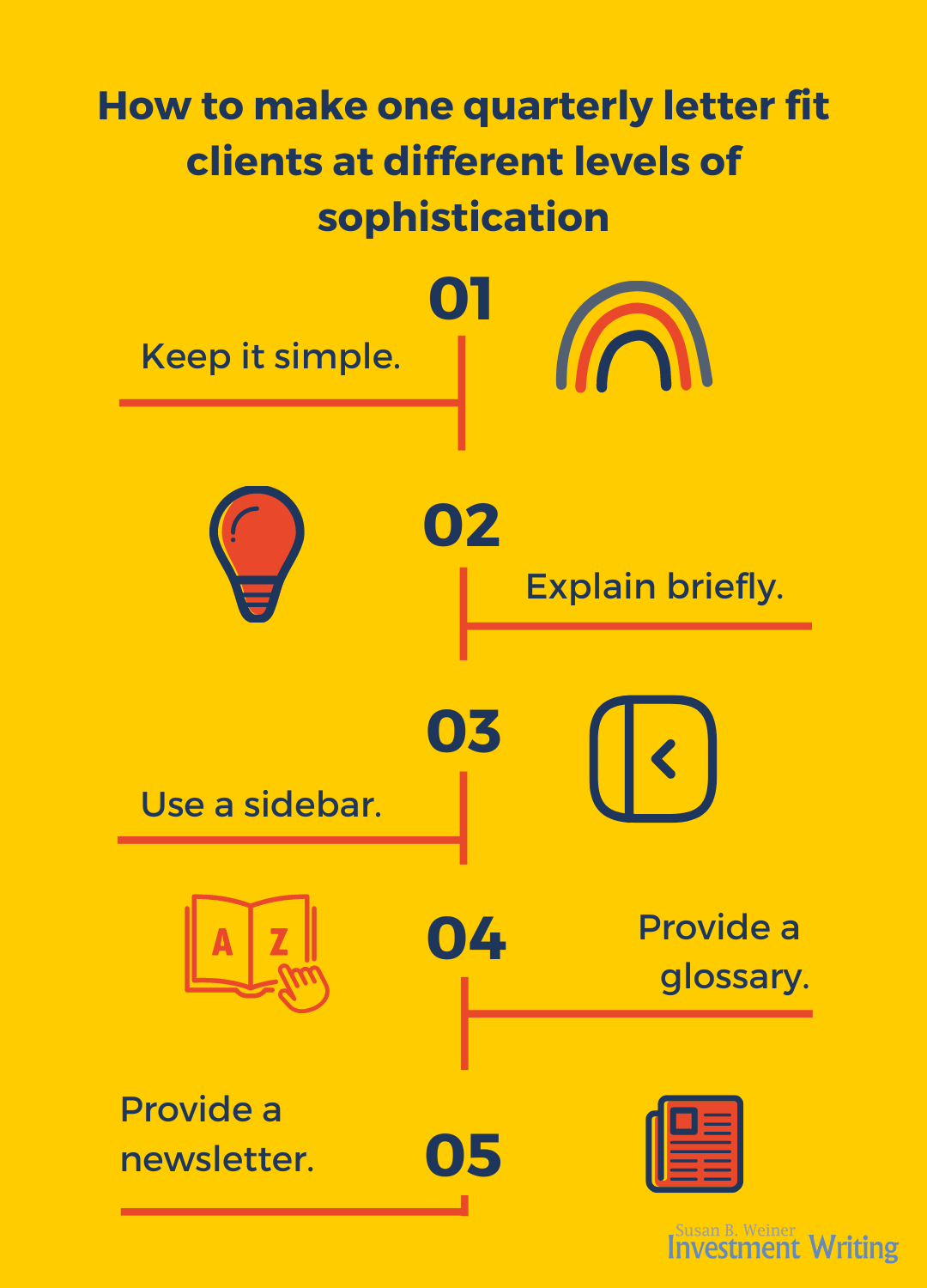Ghostwriters offer valuable marketing support to financial advisors. But some registered reps–and the marketers who support them–have felt confused since the issuance of “Misleading Communications About Expertise,” FINRA Regulatory Notice 08-27, in May 2008. They don’t know how much editorial assistance reps can receive before they must acknowledge the assistance in writing–or even sacrifice their byline.
At least one compliance officer is interpreting the rules relatively strictly. Paul Tolley, chief compliance officer of Commonwealth Financial Network in Waltham, Mass., says that registered reps should disclose the role of any other writers who contribute to text for articles or books that a rep would like to distribute under the rep’s name. That’s much stricter than the informal advice I received from some financial marketing writers when I drafted “FINRA’s limits on registered reps use of ghostwriters,” an earlier blog post on this topic.
FINRA’s “Misleading Communications About Expertise” says, “Registered representatives may not suggest (or encourage others to suggest) that they authored investment-related books, articles or similar publications if they did not write them. Such a publication created by a third-party vendor must disclose that it was prepared either by the third party or for the representative’s use.”
Tolley thinks FINRA’s intentions are clear. “Few things in compliance are black and white, but this is one of them” he says. If the rep’s only contribution was to pay for an article, then the rep can’t take credit for the article. However, “Reps who pay for someone else to write an article can still put their name on it, as long as the actual author is credited,” says Tolley. An appropriate byline might be “Submitted by Rachel Registered-Rep and written by Glenda Ghostwriter” or “Written for Rachel Registered-Rep by Glenda Ghostwriter.”
But what if the registered rep contributes content and editorial guidance to a ghostwriter? For example, what if a ghostwriter pens an article based on interviews with a registered rep? Can the registered rep claim authorship?
“What it really comes down to is that you can’t say it if it’s not true,” says Tolley. If reps are 100% responsible for the text of an article or other written communication, they can claim sole authorship. If not, they should disclose the details of who contributed what, he says. For example, if someone writes an article on the basis of content and editorial review provided by a rep, the article’s byline should include the writer’s name in addition to the rep’s. “The rep can’t claim sole authorship because it’s not true,” he adds. However, a byline such as “By Rachel Registered-Rep with Glenda Ghostwriter” could work, as long as Rachel truly contributed to the writing.
Tolley says that it’s probably okay for a rep to send an ghostwritten article to a newspaper with a note that it was “submitted by Joe Smith,” when Joe Smith is not the author. However, I doubt that most newspapers would accept this. They’d want to credit the real author.
On a related note, “In accordance with Notice 08-27, if a rep is merely paying for a publication that is designed to look like a magazine, article or interview, the material must be clearly identified as an advertisement (typically by including the word ‘Advertisement’ at the top center of the publication),” says Tolley.
Registered reps, it’s time for you to ‘fess up, if you’re not really the author of your bylined articles or books.
Background of FINRA rules
Tolley says that FINRA’s approach to ghostwriting has its roots in Conduct Rule 2010, which says that all FINRA members, “in the conduct of its business, shall observe high standards of commercial honor and just and equitable principles of trade.”
But ghostwriting first became an issue in 2007. That’s when FINRA became aware of reps who, as part of their marketing to seniors and retirees, paid to have their names presented as authors of books written by others. “FINRA made it clear they thought that was a violation of conduct rule 2210 and just and equitable principles of trade,” says Tolley. FINRA expressed its views in Regulatory Notice 07-43 “Senior Investors: FINRA Reminds Firms of Their Obligations Relating to Senior Investors and Highlights Industry Practices to Serve These Customers.” In 2008, as mentioned above, FINRA extended that explicit prohibition beyond communications aimed at seniors, so it applies to any ghostwritten materials.
What about registered investment advisors?
I’m not aware of any rules governing the use of ghostwriters by registered investment advisors (RIAs). Should there be? I’d like to hear what you think.

